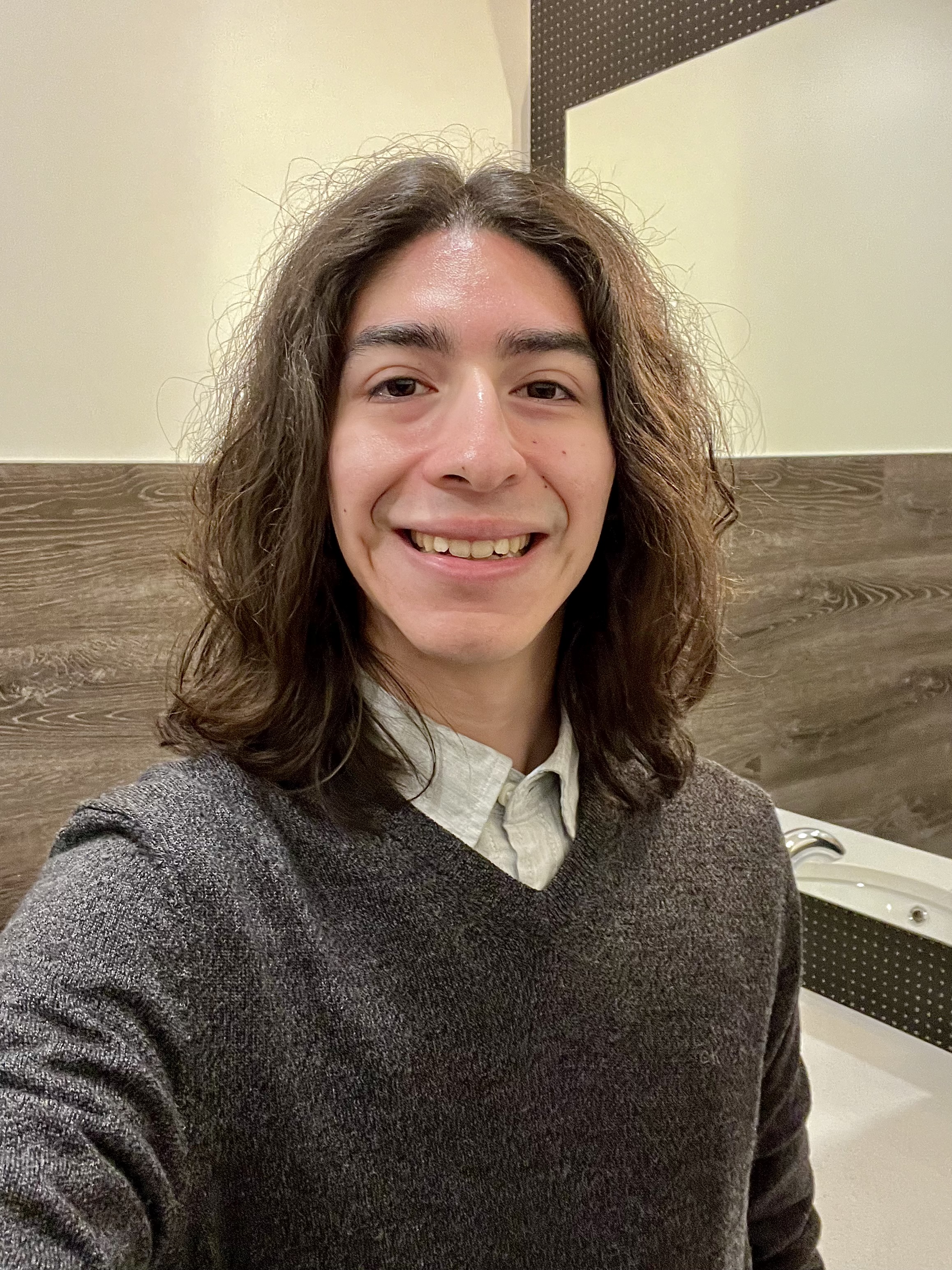Celebration of Scholars
#43: Using NMR Spectroscopy to Analyze Micelles Made By an Amino Acid-Based Surfactant
 Name:
Diego Castaneda
Name:
Diego Castaneda
Major: Chemistry
Hometown: Beach Park, IL
Faculty Sponsor: Kevin Morris
Other Sponsors: NSF-RUI
Type of research: SURE
Funding: NSF-RUI
Abstract
Surfactant molecules are used in soaps, cosmetics, and detergents. However, many commercial surfactants pollute ecosystems and waterways. The goal of this research project was to study the physical properties of sustainably-sourced and biodegradable surfactant molecules. The surfactants investigated contained either a single amino acid Phenylalanine (Phe) headgroup or a headgroup containing the dipeptide phenylalanine phenylalanate (Phe-Phe). NMR spectroscopy and molecular modeling experiments were used to study these molecules. The binding of alkylammonium ions to micelles formed by the surfactants was also investigated. The surfactant with the Phe headgroup had a conical shape and formed small, spherical micelles. The surfactant with the Phe-Phe headgroup had a truncated cone shape and formed larger, cylindrical micelles. Finally, tetrabutylammonium cations bound more strongly to the micelles than tetraethylammonium ions.Submit date: March 27, 2024, 11:05 a.m.
